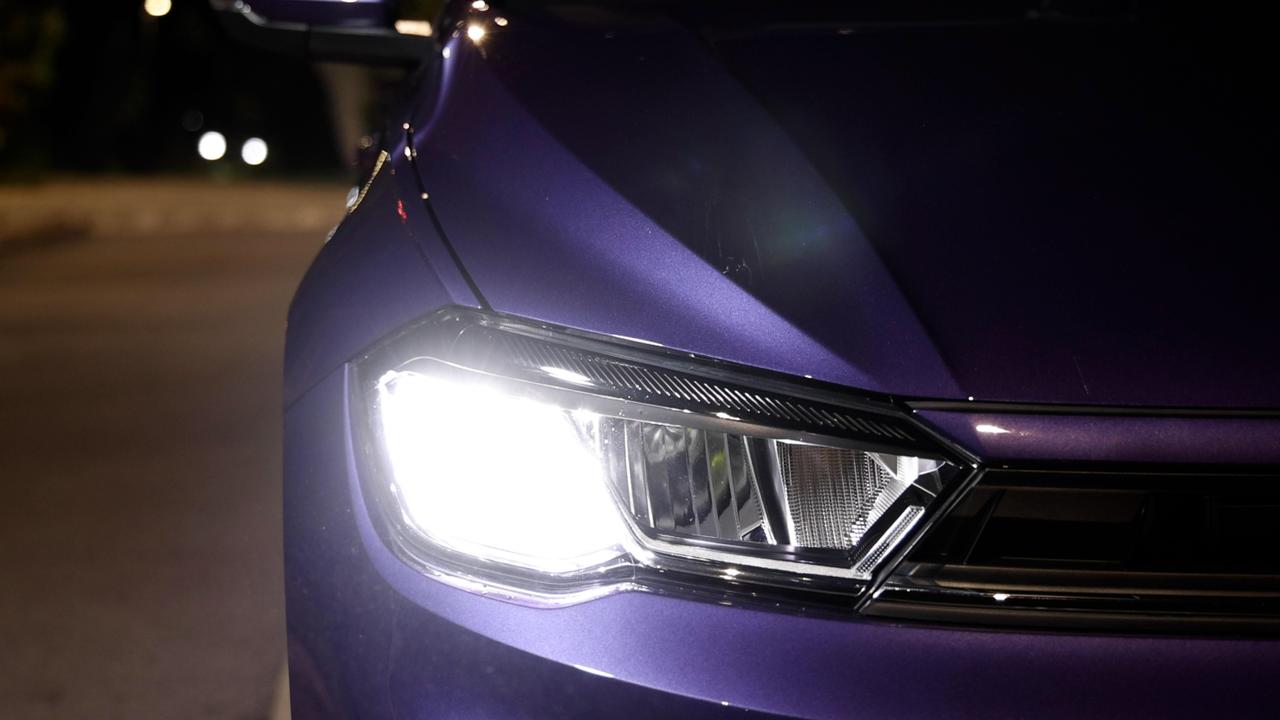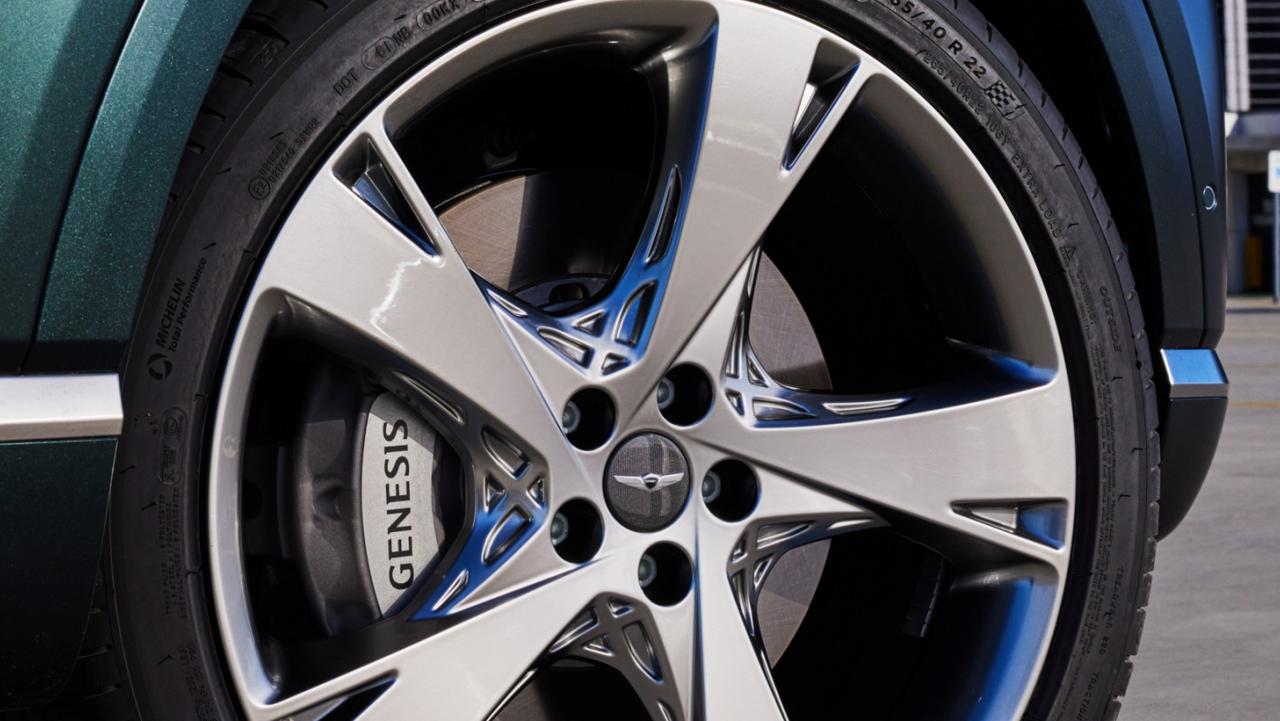Hatchbacks used to be the default option for city drivers, but the compact SUV has put a huge dent in the market.
Volkswagen’s Polo is one of few remaining choices for buyers.
VALUE
The days of the sub-$20,000 hatchback are long gone.
The price of admission into Volkswagen’s new Polo is about $29,400 for the manual 70 TSI Life variant, while our 85 TSI Style test car will set buyers back more than $35,000. That’s a fair chunk of change and is more than many hatchbacks and SUVs a full size bigger.
Our test car has flash 16-inch alloy wheels, LED head and tail lights and an in-vogue LED illuminated grille strip.
It’s aimed at younger drivers, so connectivity is front and center.
An eight-inch touchscreen and a fully digital instrument display with crisp readouts and hi-res satnav is standard, as are Apple CarPlay/Android Auto, several USB-C charging points and a wireless device charger. A $1900 Sound and Tech pack adds a Beats stereo and wireless smartphone connectivity among other items.
VW backs its cars with an industry standard five year/unlimited km warranty and capped price servicing will cost $2200 over five years.
COMFORT
Despite its small size the Polo has plenty of room for long-limbed drivers.
Manually adjustable cloth wrapped seats are firm but supportive and a movable steering wheel makes it easy to find the right driving position.
The cabin is a mix of hard wearing plastic surfaces and premium glossy inserts. There are easy to use climate controls in the center dash and essential functions can be managed via steering wheel-mounted buttons.
Rear-seat legroom is above average for its class and there are two USB-C charging points. Disappointingly at this price point, there are no rear airconditioning vents.
The Polo has firm suspension that can crash over larger bumps but it does a decent job of managing pockmarked city streets. It’s quiet, too, keeping most of the outside noise at bay.
SAFETY
The Style grade comes with seven airbags including a center airbag to prevent head clashes during an accident.
The Polo will automatically brake if it detects a potential collision with a car, pedestrian or cyclist.
An array of sensors will warn you if a car is in your blind spot and sound an alarm if a car is approaching from the side as you reverse.
Radar cruise control and lane-keep assist make highway cruising a cinch.
DRIVING
The 1.0-liter three-cylinder engine proves that good things come in small packages.
It makes just 85kW of power but ample torque delivered early in the rev range means plenty of oomph off the mark.
VW has persisted with a seven-speed dual-clutch auto that can feel a little jerky at lower speeds and can hesitate on takeoff.
Once up to speed, it’s a hoot to drive thanks to quick, accurate steering and excellent body control through corners.
It feels agile in traffic and stable on the open road. Its compact size means it’s adept at tackling tight car parks and inner city streets.
VW claims it’ll drink 5.4L/100km of more expensive premium unleaded petrol, and it’ll do close to that figure in the real world.
ALTERNATIVES
Skoda Fabia Monte Carlo, priced at $37,990 drive-away
A hatch that shares its underpinnings with the Polo, but with a bigger engine and price tag.
Toyota Yaris ZR Hybrid, from about $36,000 drive-away
Smaller inside, but benefits from amazing fuel economy and low-cost servicing.
Mazda2 GT, priced from about $30,100 drive-away
Once a class leader that now feels too small inside and underpowered. Packed with safety kit, though and much cheaper.
VERDICT
three and a half stars
Price will scare buyers away, but it’s a classy little hatchback that boasts some impressive tech features and crisp drive experience.
VITALS
PRICE About $35,500 drive away
ENGINE 1.0-litre three-cylinder turbo petrol, 85kW and 200Nm
WARRANTY/SERVICING Five years/unlimited km, $2200 over five years
SAFETY Seven airbags, auto emergency braking with pedestrian and cyclist detection, lane-keep assist, blind-spot detection, rear cross-traffic alert, radar cruise control and driver fatigue detection.
THIRST 5.4L/100km
SPARE Temporary
LUGGAGE 351 liters
.

